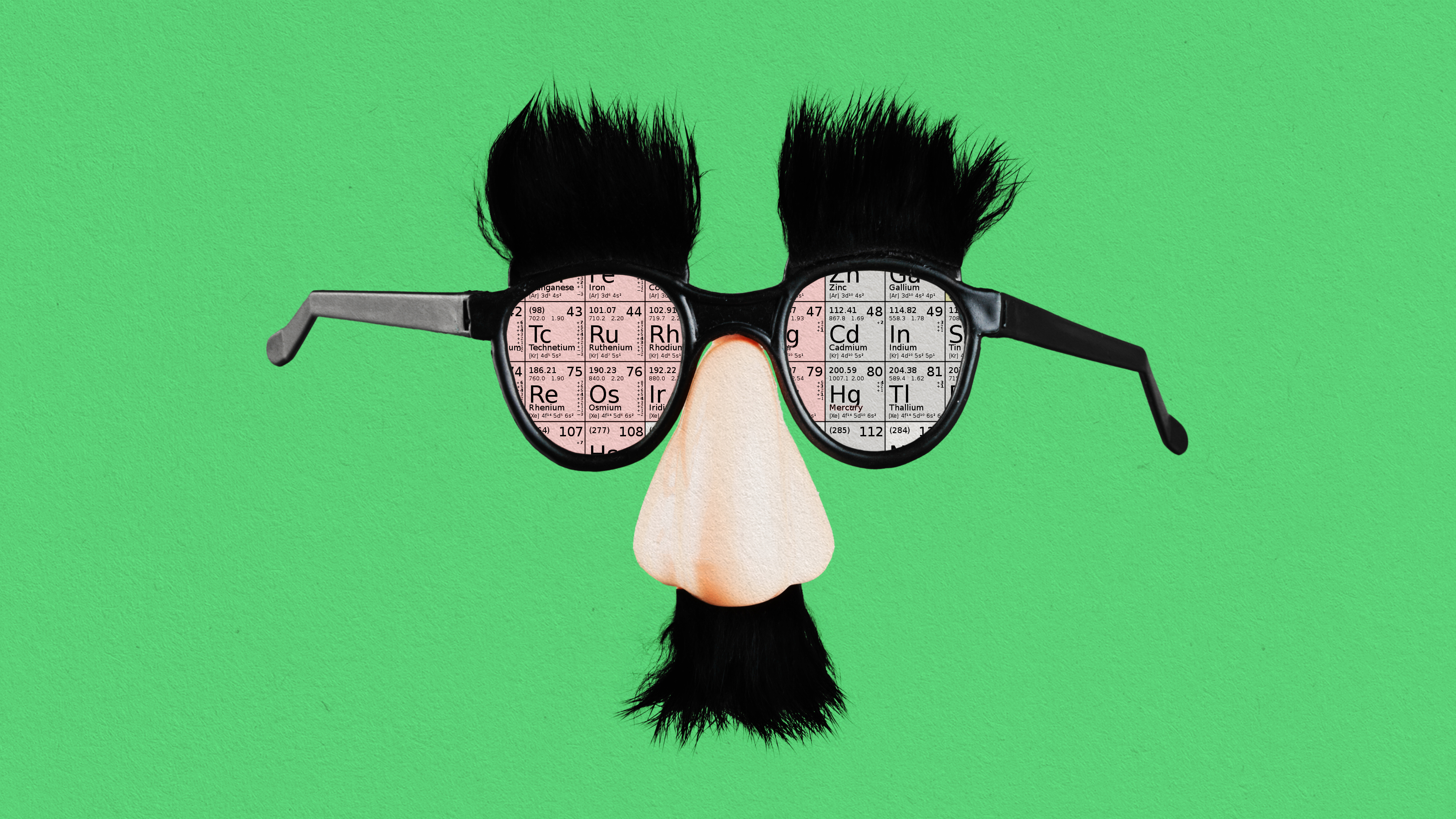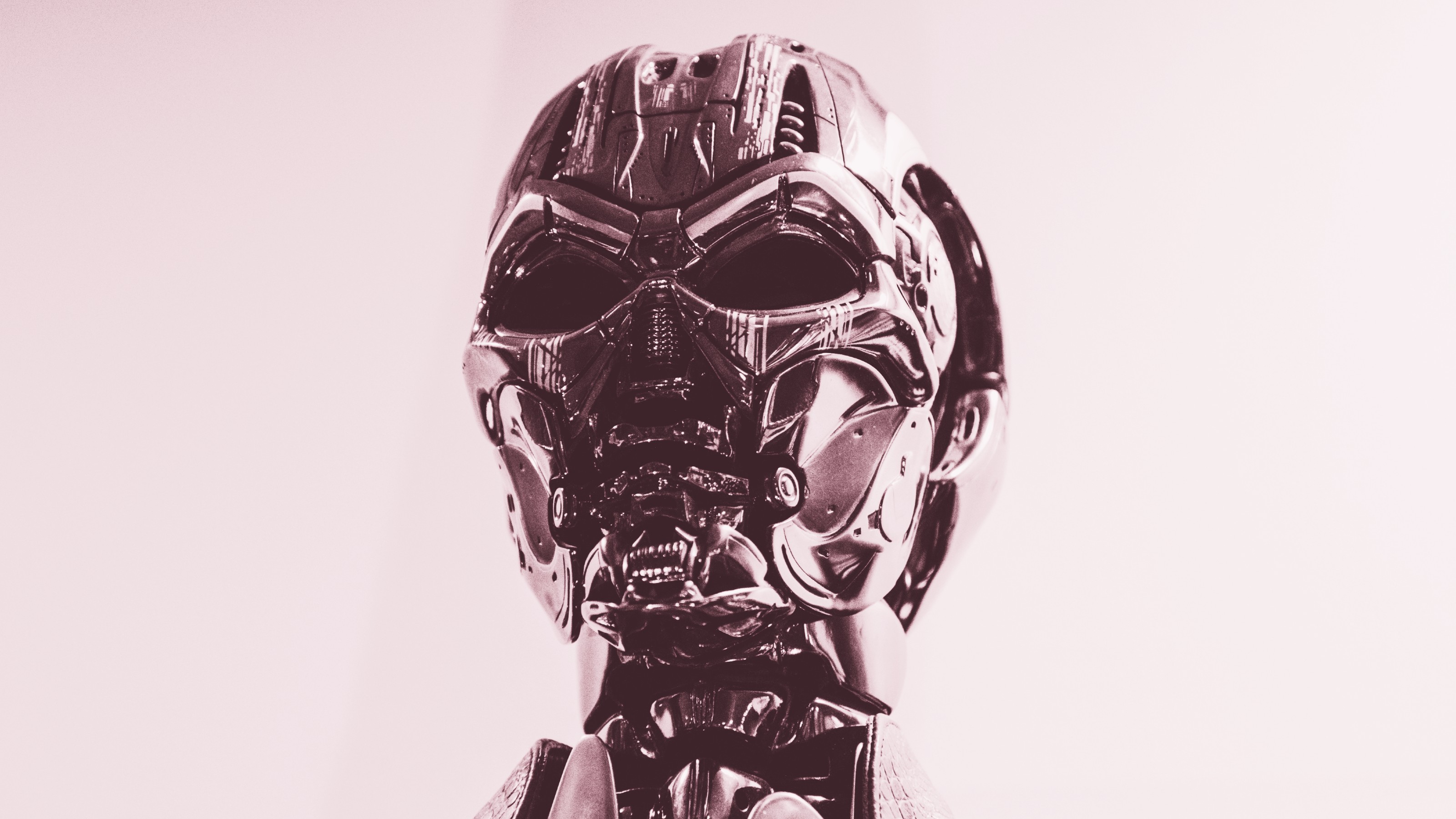What do you do if you’re a diehard science lover who dreams of one day donning a lab coat professionally, but you’re struggling with the work at school? That is Caitlin’s predicament—but that’s not how Bill Nye sees it. Your school classes may not come naturally to you, but that’s because science is a skill, not a talent. No one is born a scientist, it is something you become over time with hard work, and if perhaps biology isn’t hitting home with you, you may find your groove in astronomy. Physics isn’t for everyone, but chemistry might be your match. The point is, there is a kind of science for everyone. So to change the world as a scientist, here’s what you have to do: #1. Don’t give up before it’s begun. #2. Study hard and get to college. #3. Practice science as a way of thinking (and algebra specifically) to develop abstract thinking skills. #4. Find the field in which you belong, and start to chip away at change. Bill Nye’s most recent book is Unstoppable: Harnessing Science to Change the World.
Caitlin: Hey Bill. I’m currently a junior in high school and I’m getting ready to apply to college in the near future. I’ve always loved science but it’s never been a subject to come naturally to me and I’ve always struggled in it a little bit. Do you think that there’s a possibility I could pick science as my major and become hopefully a scientist one day in the future despite the fact that it doesn’t come naturally to me? Thank you very much.
Bill Nye: Caitlin, of course there’s a chance for you to become a scientist. What, are you kidding me? Of course, young woman, go for it! There’s all sorts of sciences that I bet will come naturally to you. Chemistry and physics may not be your thing, or maybe they’re your favorite. Statistics always made me crazy although I did it. So yes, there’s a science for you, you’re doggone right.
I would please consider pursuing as many science courses as you can handle. You don’t have to start with 400-level courses, you know, senior in college level courses, just try astronomy. Astronomy is empowering and wonderful. It’s humbling and empowering all at the same time. Try biology. The discoveries being made in genetics right now are amazing and will change the course of human history. Try chemistry. Without chemistry we would not have these textiles and this fabulous glass in these electronics that are enabling us to have this computer conversation. No, just go for it, of course!
The big thing I remind everybody though is algebra. Algebra is really important and it was hard for me too. You’ve just got to practice. You’ve got to practice algebra over and over. And the reason it’s valuable, apparently, research suggests thinking abstractly about numbers enables you to think abstractly about all sorts of things.
So go back if you need to. If you’re a junior just do a little more algebra and I bet you’re more comfortable with the whole idea. And you might change the world. Go get 'em, Caitlin!







